How to Cut Lexan? Cutting Lexan can be quite similar to cutting a cement board. Except, instead of wood fibers or particles, or even fiberglass mesh, you will be cutting through a lightweight plastic. Lexan is also known as Polycarbonate.
Today, we will be featuring a step by step guide on how to cut Lexan. Compared to cement board, Texans might be easier to cut through.
The lightweight plastic can make it easier for you to make clean cuts. But before we start, here are some more things you should know. If you are looking for a variety of cutting tools, then you can also visit sawadviser.com which has been extremely helpful for me.
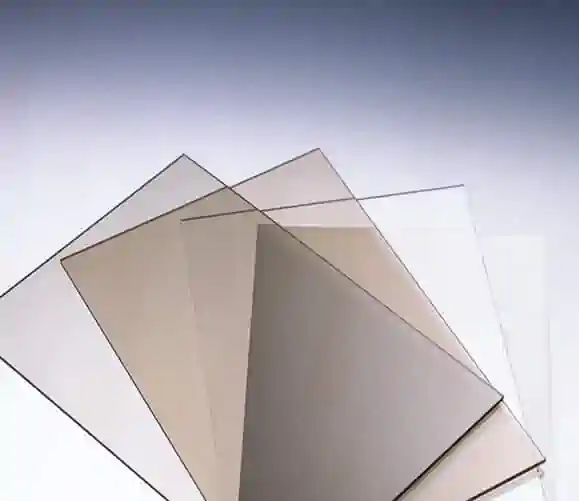
What Is Lexan?
Lexan is not only used for do-it-yourself home projects or construction projects. Like cement boards, polycarbonate sheets can also be used as a backing board.
However, also, it is also used to provide insulation for simple everyday items such as corrective lenses for your glasses, protective windshields, bottles or even containers.
Lexan is, again, a lightweight plastic or polycarbonate resin. Aside from its high optical clarity, durability, and lightweight, it is prevalent and very cheap. It is less fragile than a cement board.
This is the reason it would be very beneficial to learn how to cut Lexan accurately. This will help you maximize the uses for this poly carbonate resin.
Things You Might Need
Although Lexan is a pretty easy item to cut through, doing this task more efficiently requires several types of equipment first. This is most especially because of the varying sizes, style/pattern needed and thickness of the polycarbonate sheet.
Here are some things you might need:
- Lexan or polycarbonate sheets – can vary in sizes and thickness depending on what you need
- Utility knife – a simple utility knife can be used for fragile polycarbonate sheets
- Duct Tape – this will be used to outline the cutting points you measured.
- Hand shears – this can also be used for stiff and brittle polycarbonate sheets under 0.3175cm thick.
- Circular Saw – circular saws are usually used for more adhesive sheets
- C-clamp – this can be used to keep your Lexan sheets in place.
- Jigsaw – a jigsaw is used for patterns that are curved. It is also used for making original design patterns on polycarbonate sheets.
- Table saw – this is used for window type cuts which are usually grounded in the middle or the center of the sheet. (areas which regular saws cannot reach without having to cut through the whole sheet)
- Cabinet table saw – Cabinet table saws are heavy, using large amounts of cast iron and steel, to minimize vibration and increase accuracy.
- Read more about CNC router
The Procedure
Step 1: Make sure that your Lexan sheet is on a stable flat surface
Your cuts will end up inconsistent and edgy if the polycarbonate sheet is situated on a wobbly surface.
Also, it will have an irregular cut if it’s in a position where the sheet itself is wobbling up and down. Which is why it is ideal to place a duct tape on the edges or sides of the shape you will be cutting.
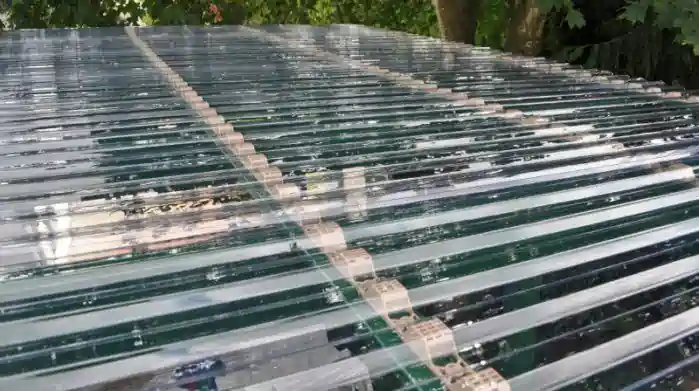
Before making any markings or measurements, make sure to duct tape it first so it won’t move that much.
Step 2: Use cutting equipment or tool to trace or cut through the sheet
After making your desired measurements and shape, you are now free to trace through it to cut and see the figure or shape. Remember, it should always be the mark that you should cut.
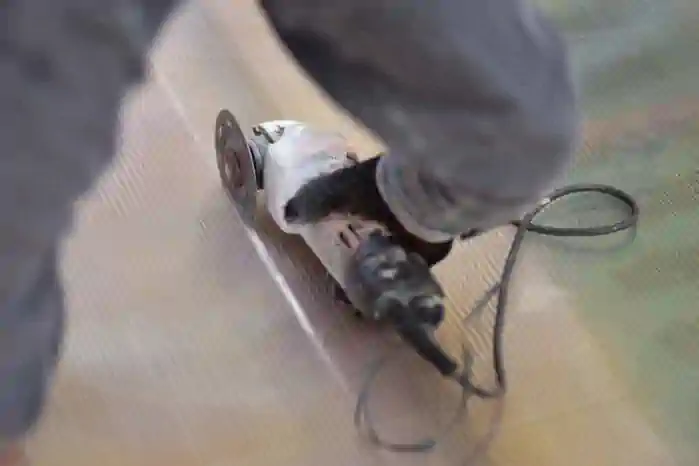
If you do not follow the line correctly, you might end up cutting more or less of what you should cut. You do not have to leave any allowances or cut shorter than the marking. And chances are, it will not look nice.
Step 3: (For Hand-shears) Simply cut through the polycarbonate sheets
Similar to the first few steps, all you have to do is lay the sheet on a flat and stable surface, make your markings then cut through. However, when you perform your markings, it is important to note that polycarbonate sheets tend to be a little sensitive.
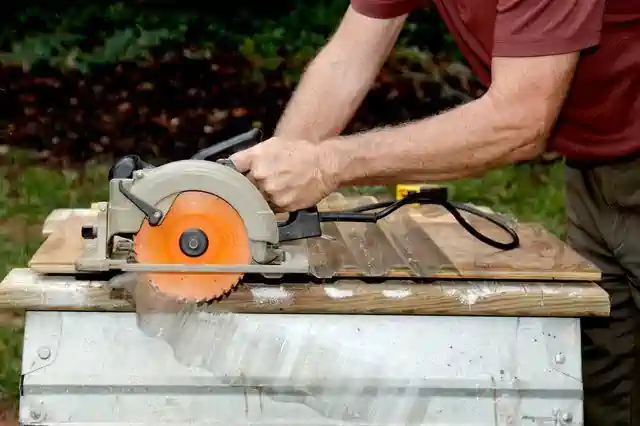
Be careful not to scratch or damage the surface of the sheet. Then finally, the same as the first few steps, simply follow your markings and keep it slow to avoid wobbles and uneven edges.
Step 4: (For circular saw) Use a circular saw for sheets thicker than 0.3175 cm
Any thicker 0.3175 cm and you’d have to use a circular saw. Attempting to cut more adhesive sheets would only result in rough, uneven edges. It can even damage the layer itself because it is not strong enough to cut through cleanly.
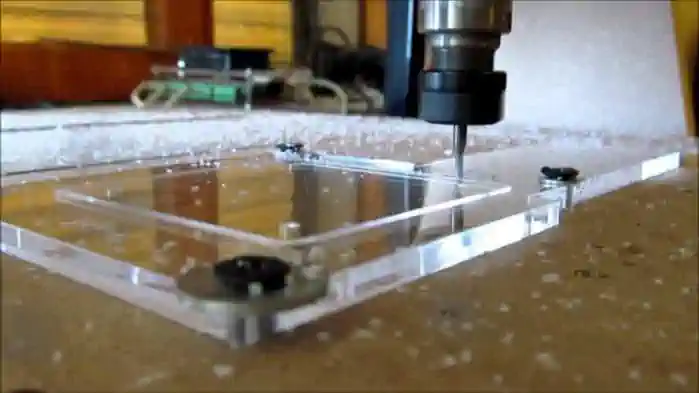
Just provide support (similar to paperweights) to either side of the area you will be cutting to keep it in position and stable.
Draw your markings with a pencil to avoid leaving permanent marks. Use a duct tape to outline whatever you desired cut would be.
You can also use c-clamps to make the surface more steady. Then allow the circular saw to cut through steadily without adding any more force or pressure.
Final Notes
You can use a jig saw for designs with curves or other patterns that do not fall under straight, angled or slanted lines. As for window type cuts which need to be removed from the middle or center of the sheet, it is ideal to use a table saw.
Remember to identify first which kind of project you’re doing so you can determine what type of cutting equipment to use.
At the End of the Day
We cannot emphasize enough how important it is to use the right tool for each project. Some of your plans might have different needs. It all depends on the shape or pattern you will be cutting, the thickness of your sheet and your purpose.
The best equipment for each task that we’ve listed above cannot easily be replaced by any other. This is because each cutting device offers different features for usage.
So, again, do not skip out any instructions and stick to the appropriate tools for the project to avoid failures.
